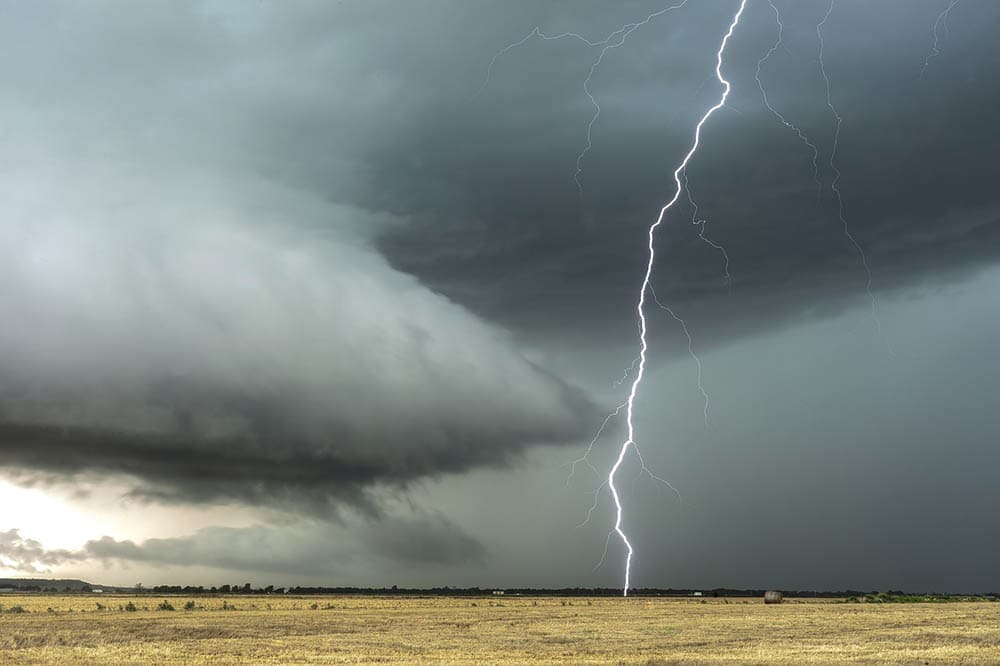How Far Away Can You Hear Thunder? Interesting Facts
-

- Last updated:

We’ve all experienced the penetrating sound of thunder. It’s a loud, booming noise that you can hear for miles. But have you ever wondered how far away you can hear the thunder?
The answer to this question is not as simple as it may seem. The distance you can hear thunder depends on several factors, including the type of terrain, the weather conditions, and the type of thunder.
In this guide, we discuss all of these factors to best determine how far away you can hear thunder. First, let’s look at how terrain affects sound.
Type of Terrain
One of the biggest factors that determine how far away you can hear thunder is the type of terrain. If you’re in an open field, for example, the sound will travel much further than if you’re in a densely forested area.
The reason for this is that sound waves have a hard time penetrating through objects. So, if there are trees or buildings in the way, the sound will be muffled and won’t travel as far.

Weather Conditions
Another factor that plays a role in how far away you can hear thunder is the weather conditions. If it’s a clear day with no wind, the sound will travel further than if it’s a cloudy day with high winds. This is due to the fact that wind can disperse the sound waves and make them harder to hear.
Thunder Sound Distance
You can generally hear thunder for about 10 miles in open country and about 5 miles in densely populated areas. However, there are some exceptions to this rule. If a particularly strong storm system produces the thunder, you can hear it much further away.
In fact, there are records of thunder being heard at distances of up to 30 miles away. Moreover, if lightning strikes the ground, the sound of thunder will be louder than usual.
So next time you hear thunder, take note of the conditions and see how far away you think it is. You may be surprised at just how loud that storm is!

How Far Is 3 Seconds of Thunder?
This commonly-asked question refers to the “flash-to-bang” technique, which is used to estimate the distance of a thunderstorm.
The method is simple; when you see a lightning bolt, start counting until you hear the corresponding thunder. Then, take every second that you counted and divide them by five. The answer you get tells you how far away the storm is in miles.
So, for example, let’s say you counted 10 seconds between lightning and thunder. Divided by five, you’re left with an answer of two. Thus, the storm is two miles away. The National Weather Service advises that you should seek immediate shelter for any storm six miles away or closer.
While the flash-to-bang method is a quick and easy way to estimate the distance of a thunderstorm, it’s important to remember that it’s not always accurate. Because as we discussed, sound travels at different speeds depending on the temperature, humidity, and other conditions.
Conclusion
In most instances, you can hear thunder between 10 and 15 miles. However, there are occasions when you can hear it as far as 30 miles away. It’s interesting to note that the sound of thunder is actually caused by the shock wave generated when lightning strikes. So while you may not see the storm causing the thunder, you can certainly hear it!
Featured Image Credit: bniique, Pixabay
Contents

